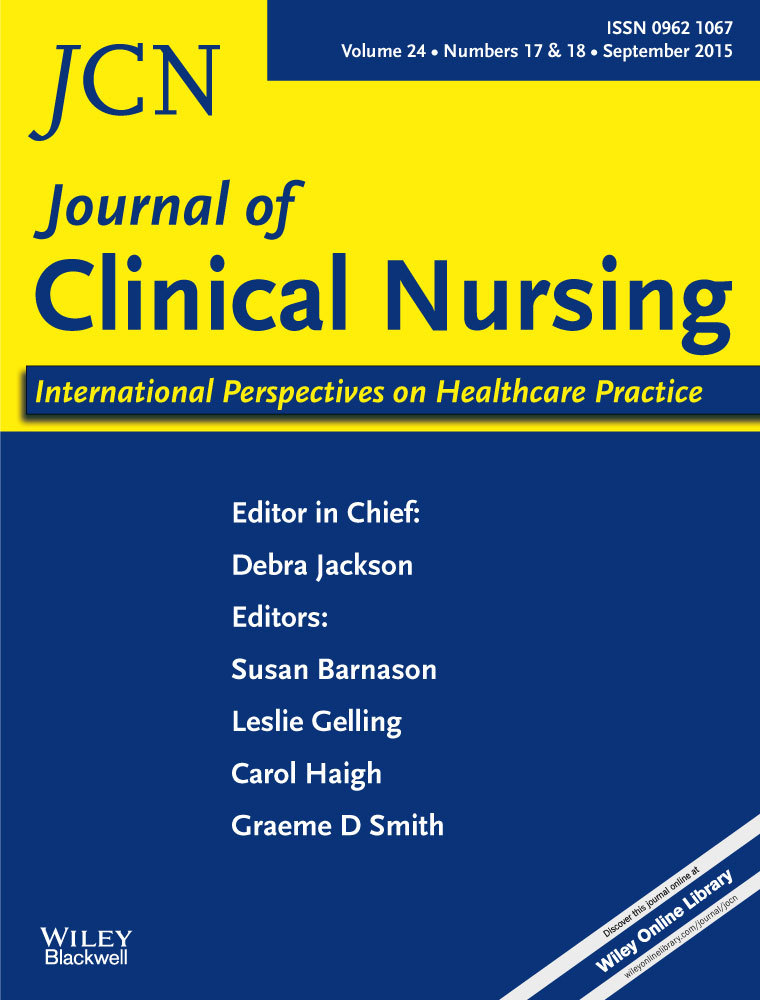Health needs of older Aboriginal people in Taiwan: a community-based assessment using a multidimensional instrument
Abstract
Aims and objectives
To explore the health needs of older Aboriginal people, using a multidimensional instrument. The gender differences related to their health needs were also addressed.
Background
Health status and life expectancy between Aborigines and non-Aborigines have been shown to differ. The investigation of the health needs of Aboriginal people is however scarce, particularly among the older adult population. There is a need to address unmet health needs and improve information on the health needs assessment of the older Aboriginal population.
Design
A cross-sectional design was used.
Methods
Aboriginal people aged 65 and over were randomly sampled to take part in the present study. A multidimensional instrument consisting of eight domains and three cross-domain categories was used to assess their health needs.
Results
A group of older Aboriginal people was recruited (n = 90, mean age = 73·5). The top three identified needs were ‘mental health and well-being’, ‘staying healthy’ and ‘social participation’. The female participants had statistically significant higher scores for the ‘mental health and well-being’, ‘getting around’ domains and in the ‘risk of falls’ than the male ones. A regression model demonstrated that the health need of ‘looking after oneself’ was associated with all cross-domain categories of health need, which are ‘independence’, ‘risk of breakdown in care’ and ‘risk of falls’.
Conclusions
The present study has revealed major health needs among older Aboriginal people and found that older female Aborigines have more health needs than older male Aborigines. Further study to identify effective approaches to address these needs among this group is warranted.
Relevance to clinical practice
The findings can be used to identify effective approaches to addressing health needs among older Aboriginal people with a consideration of gender. Only then can resources be allocated and prioritised in a culturally sensitive and gender-specific manner nationally and globally.




